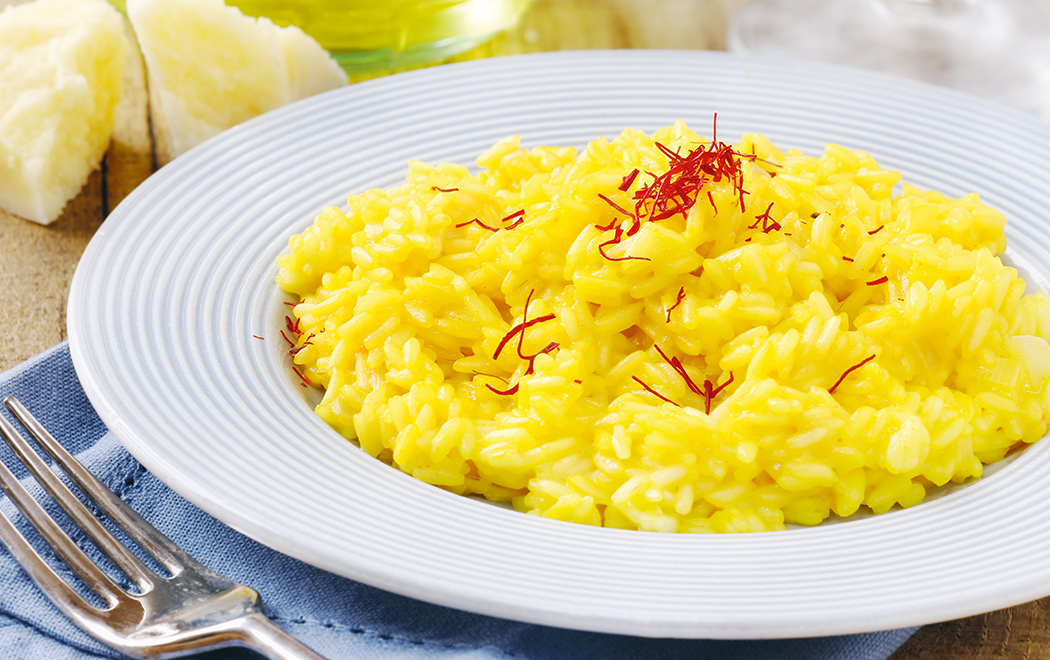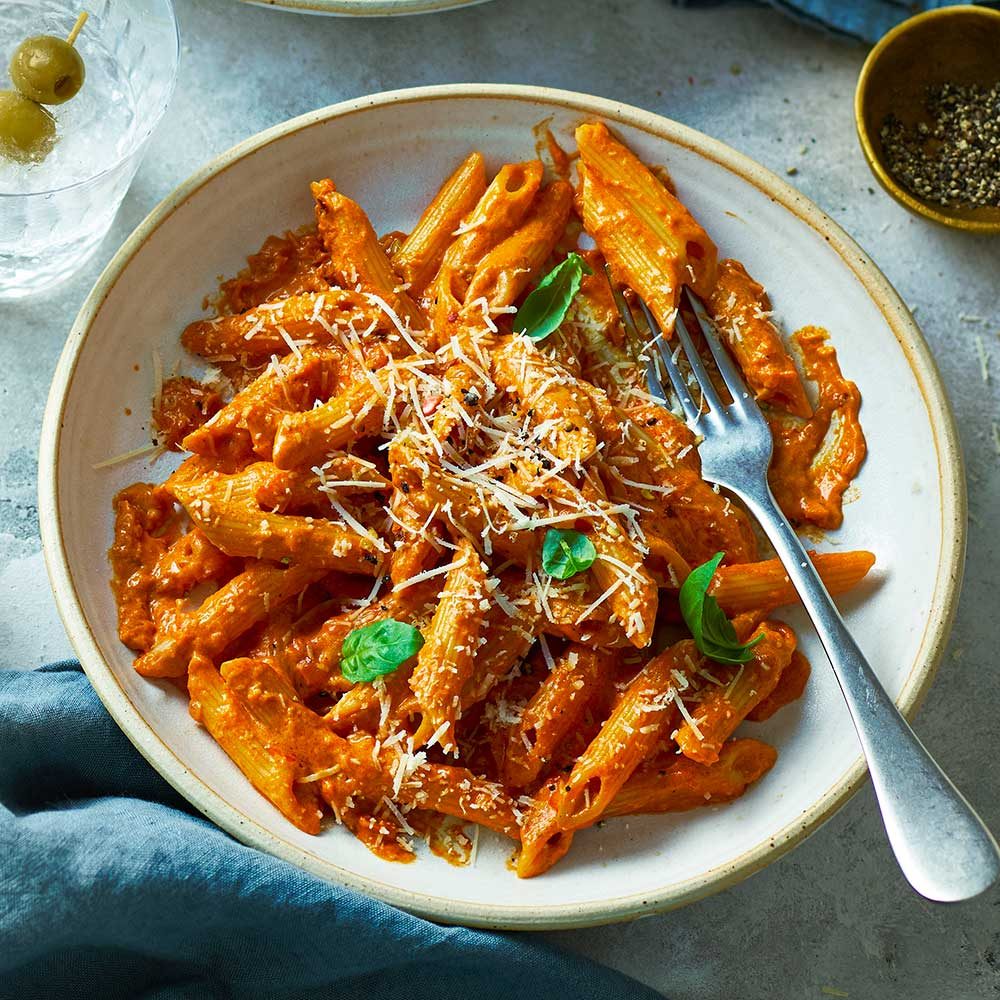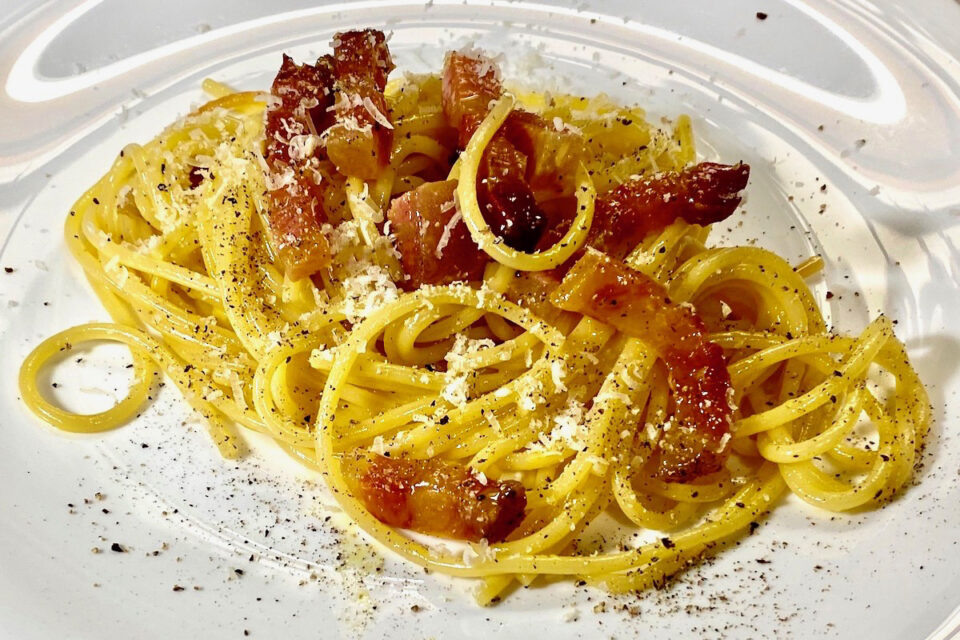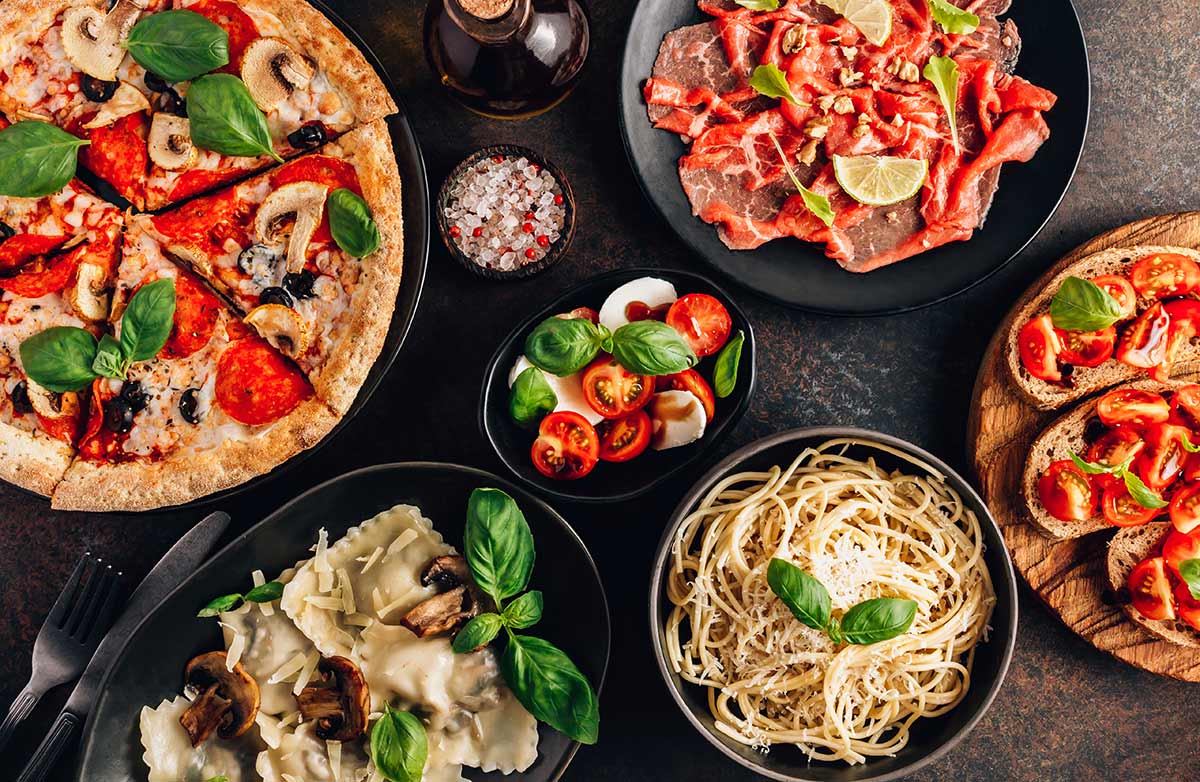



Mastering Homemade Croissants: A Rewarding Recipe for 12 to 16 Flaky Pastries”
Making croissants at home is a rewarding but time-consuming process that involves creating a laminated dough, which gives croissants their signature flaky layers. Here’s a detailed recipe to guide you through the process:
Ingredients
For the Dough:
- 4 cups (500 grams) all-purpose flour
- 1/2 cup (100 grams) granulated sugar
- 1 tablespoon (10 grams) salt
- 1 tablespoon (10 grams) active dry yeast
- 1 1/4 cups (300 ml) whole milk, warm (about 110°F/45°C)
- 2 tablespoons (30 grams) unsalted butter, melted
For the Butter Layer:
- 1 cup (225 grams) unsalted butter, cold
For the Egg Wash:
- 1 large egg
- 1 tablespoon water
Instructions
1. Prepare the Dough:
- Mix Dry Ingredients: In a large bowl, combine the flour, sugar, and salt.
- Activate Yeast: In a small bowl, dissolve the yeast in the warm milk. Let it sit for about 5 minutes until frothy.
- Combine Ingredients: Add the yeast mixture and melted butter to the dry ingredients. Mix until a dough forms.
- Knead: Knead the dough on a lightly floured surface for about 5-7 minutes until smooth and elastic.
- First Rise: Place the dough in a lightly oiled bowl, cover with plastic wrap, and let it rise in a warm place for about 1 hour, or until doubled in size.
2. Prepare the Butter Layer:
- Shape the Butter: Place the cold butter between two sheets of parchment paper or plastic wrap. Use a rolling pin to pound and roll the butter into a 7-inch square. Keep it chilled in the refrigerator until ready to use.
3. Laminate the Dough:
- Roll the Dough: On a lightly floured surface, roll the dough into a 10-inch square.
- Add Butter: Place the butter square in the center of the dough at a diagonal angle (like a diamond inside a square). Fold the corners of the dough over the butter to encase it completely.
- First Roll and Fold: Roll the dough into a 20×10 inch rectangle. Fold the dough into thirds like a letter (fold the bottom third up and the top third down over it). Wrap the dough in plastic wrap and refrigerate for 30 minutes.
- Second Roll and Fold: Rotate the dough 90 degrees, roll it out again into a 20×10 inch rectangle, and fold into thirds. Chill for another 30 minutes.
- Third Roll and Fold: Repeat the rolling and folding one more time. After the final fold, wrap the dough and refrigerate for at least 1 hour, or overnight.
4. Shape the Croissants:
- Roll the Dough: On a lightly floured surface, roll the dough into a 24×12 inch rectangle.
- Cut Triangles: Using a sharp knife or pizza cutter, cut the dough into triangles with a base of about 4 inches and a height of about 8 inches.
- Shape the Croissants: Starting from the base of each triangle, roll the dough towards the tip to form a crescent shape. Place the croissants on a baking sheet lined with parchment paper, with the tips tucked underneath.
5. Final Rise:
- Proof the Croissants: Cover the croissants loosely with plastic wrap and let them rise in a warm place for about 1-2 hours, or until doubled in size.
6. Bake the Croissants:
- Preheat Oven: Preheat your oven to 375°F (190°C).
- Egg Wash: In a small bowl, whisk together the egg and water. Brush the croissants with the egg wash.
- Bake: Bake for 15-20 minutes, or until the croissants are golden brown and crispy.
Tips:
- Butter Temperature: The butter should be cold but pliable when you incorporate it into the dough. If it’s too hard, it will break through the dough; if it’s too soft, it will blend into the dough.
- Laminating: Be patient with the rolling and folding process. Proper lamination is key to achieving flaky layers.
- Chilling: Keep the dough well-chilled between folds to maintain the layers and prevent the butter from melting into the dough.
Enjoy your homemade croissants!








































